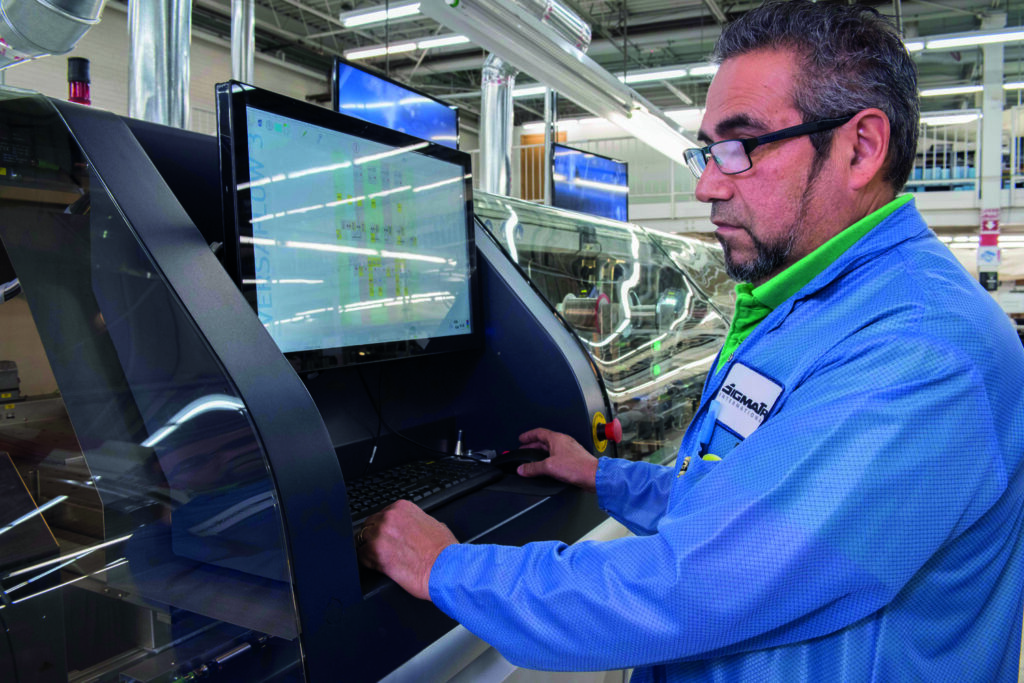SigmaTron International’s president, Jim Barnes, explains how a catering equipment manufacturer is benefitting from a regionalized manufacturing strategy
Logistics and materials challenges over the last two years are driving a need to closely evaluate electronics manufacturing outsourcing strategy. Record inflation, plus continued materials supply and demand imbalance are likely to continue near-term. Sourcing teams are starting to ask how they can help balance out rising costs outside the contract manufacturer’s control? The short answer is finding ways to eliminate costs that an inefficient outsourcing strategy may be creating.
One often underexploited outsourcing strategy is manufacturing closer to end markets by regionalizing manufacturing. This is most efficiently done by utilizing an electronics contract manufacturer with a multinational facility network, rather than multiple contract manufacturers, because a single entity can leverage economies of scale.
Questions to ask in determining whether this type of strategy may be beneficial include:
- Does the project require regionally-specific customization?
- Are there tariff abatement or local content requirements that would be better served with a regionalized manufacturing strategy?
- Is there a requirement for short lead-time between order placement and fulfillment that would be better served with a regionalized manufacturing strategy?
- Will a regionalized manufacturing strategy reduce logistics costs?
One business case for regionalized manufacturing is the restaurant equipment industry. Corporate headquarters dictate menu items and the equipment needed to support those items by region. Franchisees have equipment configuration choices and purchasing timeframe. However, quantities are typically small. SigmaTron International is providing a restaurant kitchen equipment manufacturer a regionalized manufacturing strategy by producing customized products in its Elk Grove Village, IL; Suzhou, PRC; and Acuna, Mexico facilities.
Common components are sourced centrally via the contract manufacturer’s purchasing organization and shipped to each facility. If demand increases in a specific region, shipments can be redirected. Regionally-specific components related to power and language-specific control overlays are sourced local to each manufacturing facility.
The contract manufacturer’s test engineering team has developed a standard test set capable of testing all product configurations and shipped test sets to all facilities.
The customer now has the standardization benefits and purchasing power of working with a global manufacturer, yet a localized, configure-to-order (CTO) solution to support end markets where their customers are ordering small quantities on short lead-times. The localized solution eliminates the logistics pipeline necessary if all product was built in a single location. Local sourcing of regionally-specific parts reduces logistics lead-time and transportation cost.
While this example does not include a depot repair element, an additional benefit of having manufacturing close to the end market can be optimized depot repair activities. Having a contract manufacturer provide regionalized depot repair support in conjunction with manufacturing can minimize spares inventory requirements, shipping costs, test equipment cost and reduce repair and return lead-times.

